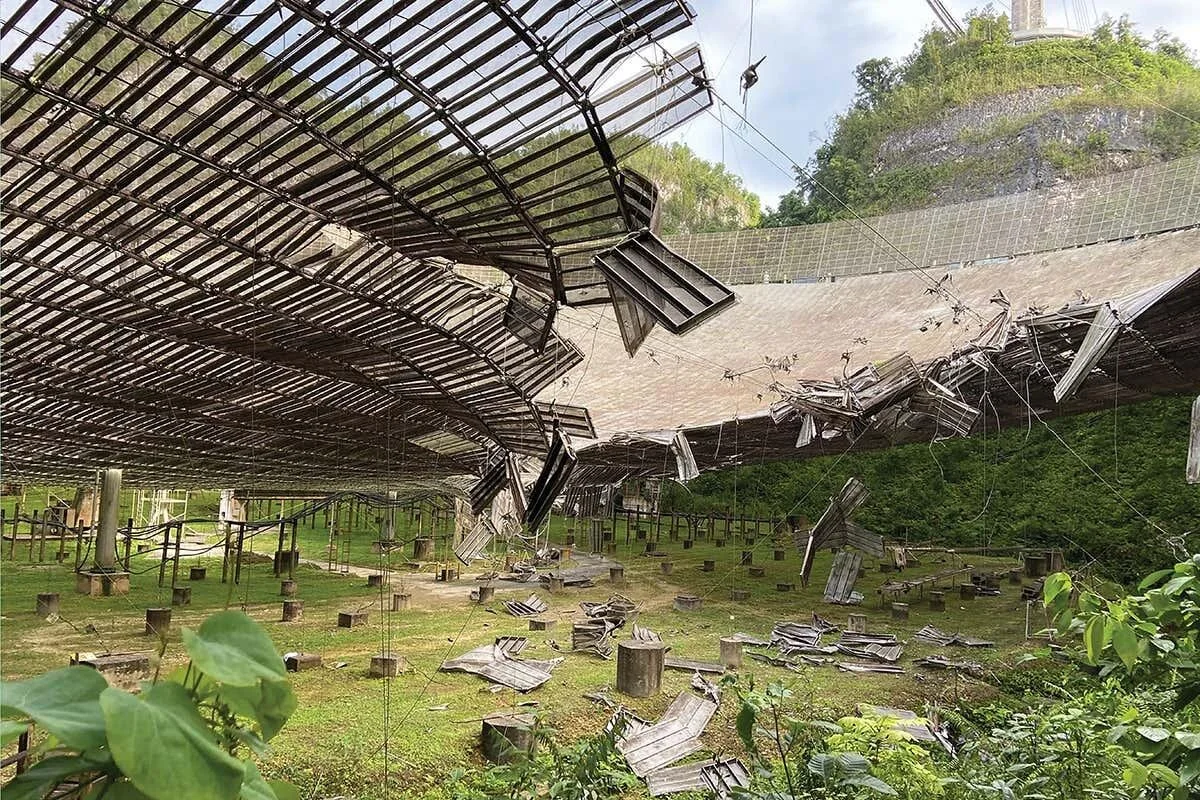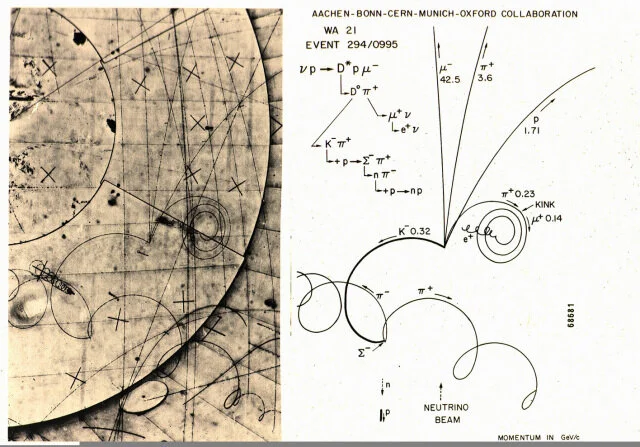Higgs Decay
CERN have announced results suggesting that the Higgs can decay into two muons. A muon is in a class of particles called leptons, the electron is the more familiar member.
Electrons are ‘first generation’, muons are second, and taus are third.
The ATLAS control building at CERN. The building has a slightly less than life size diagram of the detector that is beneath the surface - Photo Credit: Me
This is an event that happens to about 1 in 5000 Higgs, and it is only the first time that interactions with second generation particles have been observed (interactions with third generation will be rarer still).
The way that particle physics works is to complete lots of collisions, and then try to separate the signal from the noise. For one interaction, it would be possible to generate a muons with these characteristic energies by other mechanisms, by chance. However, when looking at many collisions, a signal emerges amongst the noise, reducing the probability of randomness giving that signal. The more data there is, if the signal is still present, the more confidence we can have that it is real.
In this case, there are many other processes that gave give a similar looking signal, and these must be separated statistically.
At the moment, this is a ‘three sigma’ measurement. It has about a 1 in 700 chance of being a statistical fluctuation. However, as particle accelerators work by gathering huge amounts of data, these fluctuations do happen, and so more data is needed.
It is actually better than this, as the CMS experiment saw the signal with a three sigma probability, and ATLAS with a two sigma probability (1 in 40). Seeing the same signal on two experiments is a much lower probability of a fluctuation.
The standard of ‘beyond doubt’ in this field is five sigma, or 1 in 3.5 million. So more data is needed.








